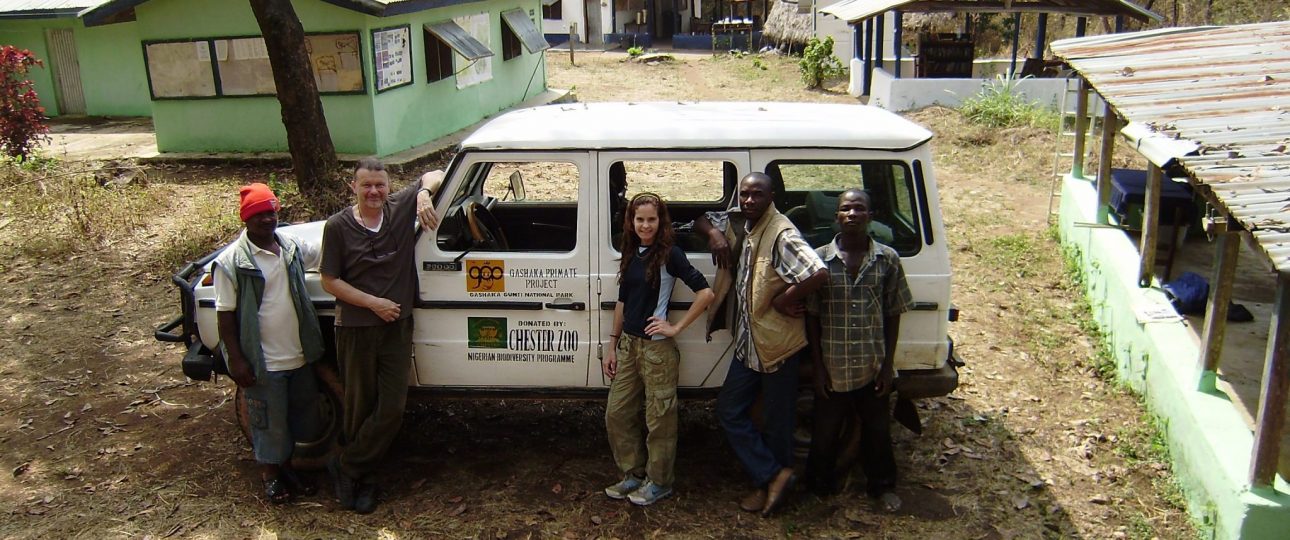Gashaka-Gumti National Park: A Guide to Nigeria’s Largest Wilderness
Exploring Gashaka-Gumti National Park
Gashaka-Gumti National Park, established in 1991, is Nigeria’s largest national park, covering 6,731 square kilometers. Located in the northeastern provinces of Taraba and Adamawa, the park extends to the Cameroon border. It is named after two historic settlements: Gashaka in Taraba State and Gumti in Adamawa State. The park’s diverse ecosystems include rainforests, savannahs, and montane grasslands, making it a significant biodiversity hotspot.
The park is home to over 103 species of mammals, including elephants, lions, chimpanzees, and leopards. Bird enthusiasts can also enjoy spotting some of the 500 bird species recorded in the area. The Gashaka Primate Project, launched in 2000, focuses on protecting the park’s wildlife and ecosystems through conservation efforts and community outreach.
Trails and Hiking
For hikers, the park offers various trails, including the challenging Summit Trail to Chappal Waddi, Nigeria’s highest mountain at 7,936 feet (2,419 meters). The trail provides stunning views and a sense of accomplishment upon reaching the peak. Other notable sites include the historic German fort on Gashaka Hill and the English army post near Gashaka village.
When to Visit
The park experiences a wet season from April to October and a dry season from December to March. The dry season is ideal for hiking and wildlife viewing, with temperatures ranging from 21°C to 32.5°C (69.8°F to 90.5°F). The wet season offers lush landscapes but comes with occasional rain showers and muddy trails.
Getting There
The nearest airport is in Yola, Adamawa province. From Yola, a taxi to the park takes about seven hours. Alternatively, visitors can access the park by road through routes such as Katsina Ala-Takum-Bali-Serti-Bodel Gate or Jalingo-Mutum Biyu-Bali-Serti-Bodel Gate. The park entrance is at Serti in the Gashaka province, approximately a 10-hour drive from Jos.
Local Transportation
Within the park, exploring on foot with a local guide is recommended. Guides can enhance your experience by pointing out wildlife and sharing insights about the park’s flora and fauna. For a different perspective, consider a horseback tour, which allows you to cover more ground while enjoying the scenery.
Accommodation and Facilities
Accommodation options range from rustic campsites to more comfortable lodges. Facilities may be basic, with limited electricity and water supply, so prepare for a rustic experience. The park’s official website provides a list of approved accommodations with contact details and amenities.
Notable Sites and Activities
- Bat Forest: Known for its fruit bat population and other wildlife, this area is accessible as a day trip from Gashaka.
- Daneji: Located on the Cameroon border, this area is home to elephants, rhinos, and buffaloes. It requires a 6-8 day trek from Toungo.
- Kwano Forest: A three-hour trek from Gashaka, this lush rainforest is home to chimpanzees and leopards.
- Hippopotamus Viewing Pool: Easily accessible from Mayo-Kam, this pool is ideal for viewing hippos during the dry season.
Visitors should bring their own food supplies due to the park’s remote location. The park offers a unique opportunity to immerse yourself in nature, away from the hustle and bustle of urban life.




